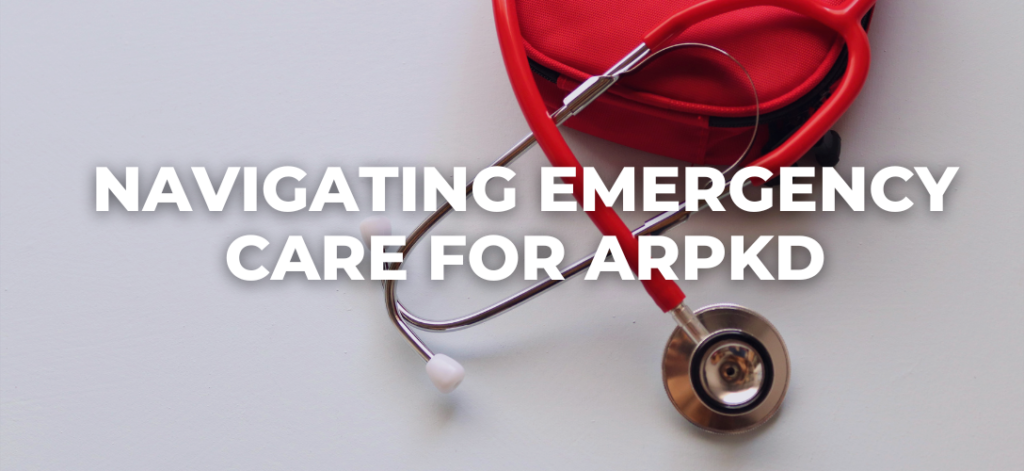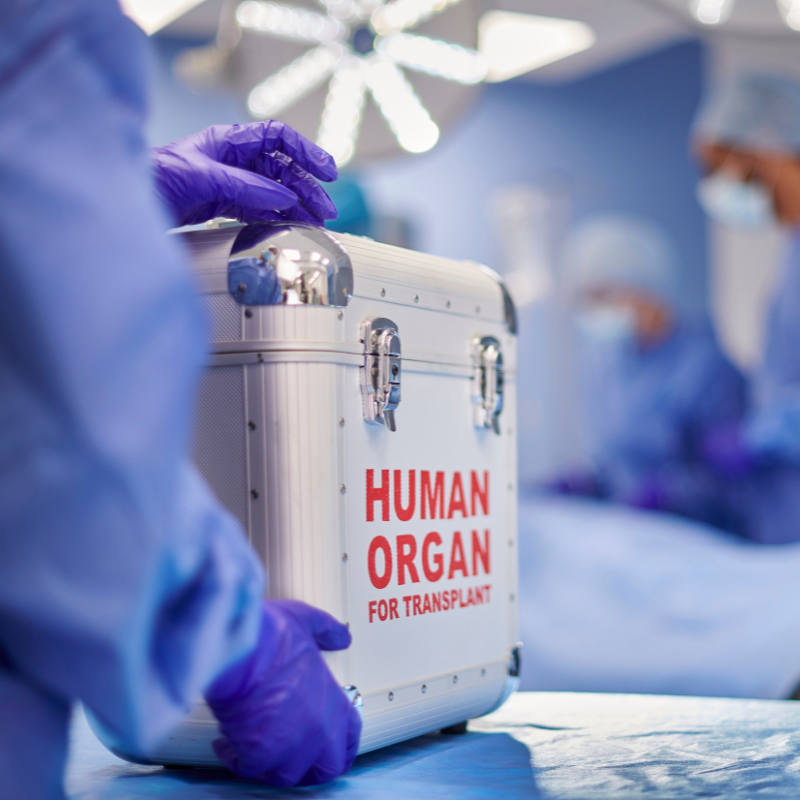
Published on December 1, 2022 | How do you know when it’s time to skip waiting for a doctor’s appointment and going straight to the ER? That’s a decision many parents face as caregivers to children with ARPKD. There are a few things that can help you craft an emergency care plan. Let’s go over what parents need to keep in mind about when and why to seek emergency care.
Amanda Dill and her son Jaxon, who was diagnosed with ARPKD when he was a year old, are no strangers to emergency room visits.
“I took him one time because he had an unexplained fever,” Dill says. “Another time, he had a procedure on his liver, and when he got home, he started having blood in his stool.” She took him to the emergency room to make sure that he didn’t have any internal bleeding.
Now 11, “Jaxon is doing well with his kidneys, but we’re always paying close attention to his liver function,” Dill says.
When to Go to Emergency Care
Because of potential ARPKD complications, many parents like Dill find themselves having to decide when to find emergency care or when to go to the doctor’s office. “Many times you have to go with your instincts,” she says. But in some cases, the decision is a numbers game. “If his temperature goes above a certain number for 24 hours, we go to the ER,” Dill says.
“Parents like Amanda have learned over time how to be strong advocates for their children and what they need.”
—Cynthia Pan, M.D., a pediatric nephrologist and Jaxon’s physician
“As an example, fevers in children with either ADPKD or ARPKD are pretty common, but not much more than others,” Dr. Pan says. However, it’s important that parents not give their children ibuprofen to break the fever because it may disrupt kidney function. Urinary tract infections, dehydration, and (rarely) infections of the liver and biliary tract (in ARPKD) are other reasons that pediatric PKD patients end up in the ER. Dill says her son’s medical team gave her a list of problems that might prompt them to go to the emergency room right away, including a spike in blood pressure.
Things to Keep in Mind
“If possible,” Dr. Pan says, “it’s best to check in with your child’s specialist or primary care provider before heading to the emergency room. They may tell you to come into the office, before going right to the emergency room.”
If you do go to the emergency room, keep in mind that the team there is usually only treating the symptoms that are causing concern. “They aren’t PKD specialists,” Dr. Pan cautions. Before being discharged from emergency care, they may advise you to follow up with your specialist soon after your release. Navigating emergency care is never easy. But with this guidance in mind, hopefully you ca
 Want to see more articles like this? Read the full issue of our magazine, PKD Life, and subscribe to future issues here. If you’re interested in ARPKD, check out this recent ARPKD-related article from our summer issue.
Want to see more articles like this? Read the full issue of our magazine, PKD Life, and subscribe to future issues here. If you’re interested in ARPKD, check out this recent ARPKD-related article from our summer issue.









0 Comments